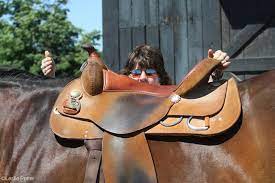How to Fit a Saddle to Your Horse: A Detailed Guide
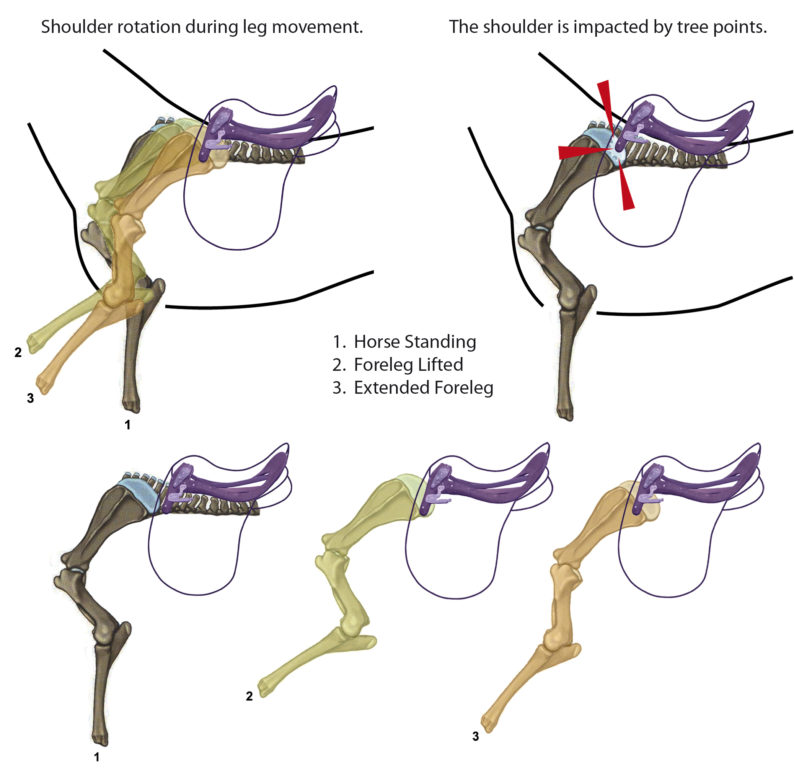
Fitting a saddle correctly is crucial for your horse’s comfort and performance. An ill-fitting saddle can cause discomfort, pain, and even long-term health issues for your horse. This guide will walk you through the essential steps and considerations to ensure your saddle fits perfectly.
Why Proper Saddle Fit Matters
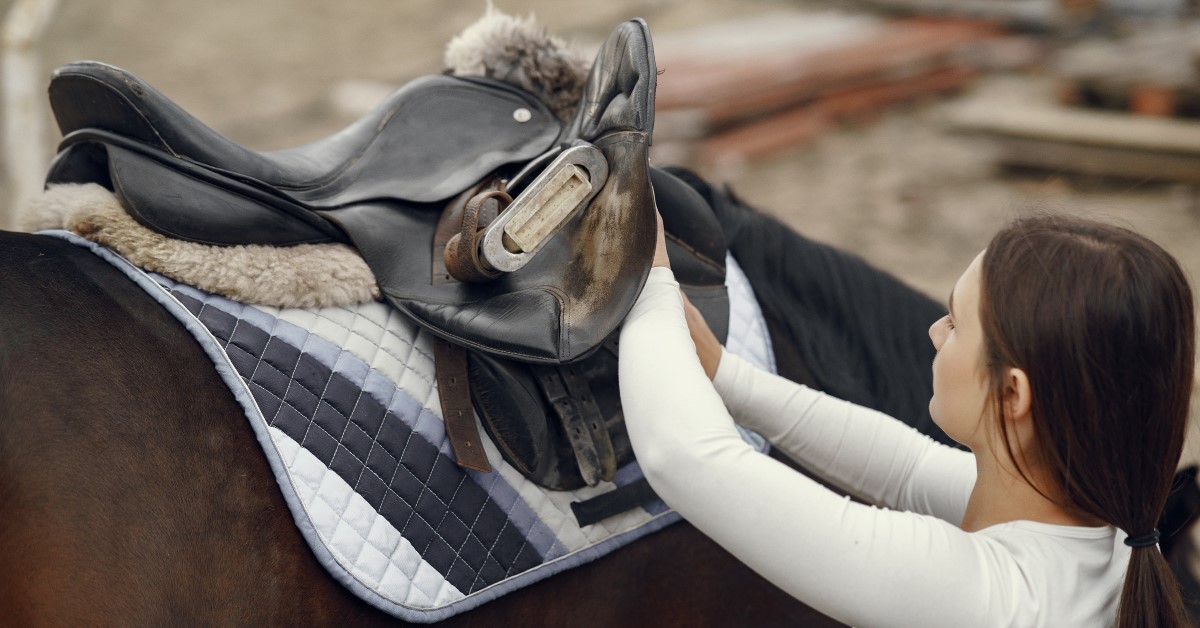
- Comfort for the Horse: A well-fitted saddle distributes the rider’s weight evenly, preventing pressure points.
- Rider Stability: Proper fit enhances rider balance and control.
- Prevention of Injuries: Avoids sores, muscle damage, and behavioral issues caused by discomfort.
Key Areas to Check When Fitting a Saddle
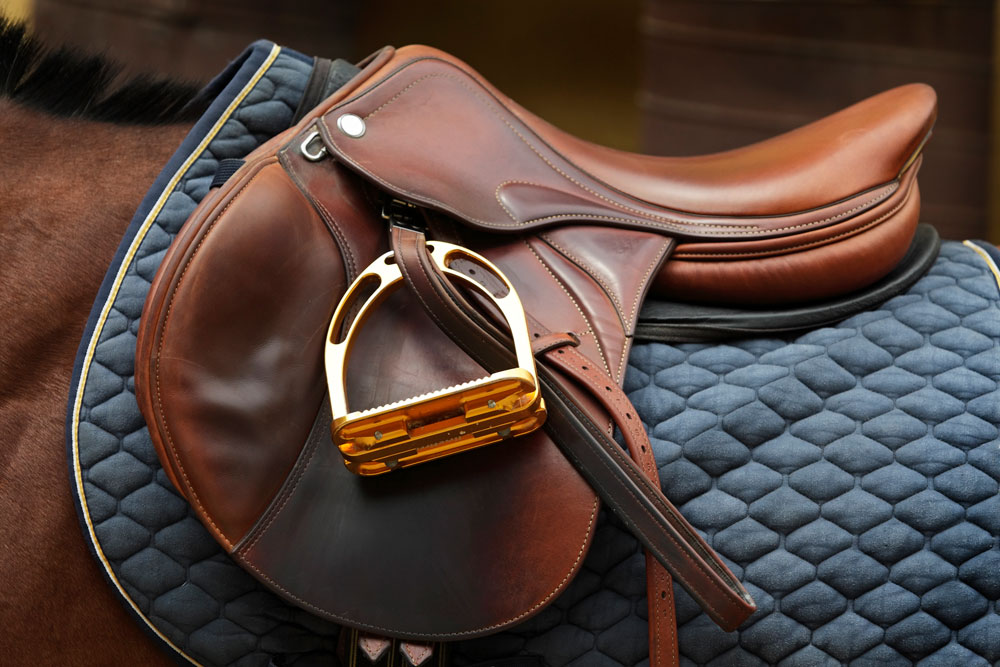
| Area | What to Look For | Why It Matters |
|---|---|---|
| Withers | Clearance of 2-3 fingers above withers | Prevents pressure and rubbing |
| Gullet | Should be wide enough to clear spine | Avoids spinal pressure |
| Panels | Even contact along the back | Distributes weight evenly |
| Saddle Length | Should not extend beyond last rib | Prevents back soreness |
| Tree Width | Matches horse’s shoulder width | Ensures stability and comfort |
Step-by-Step Saddle Fitting Process
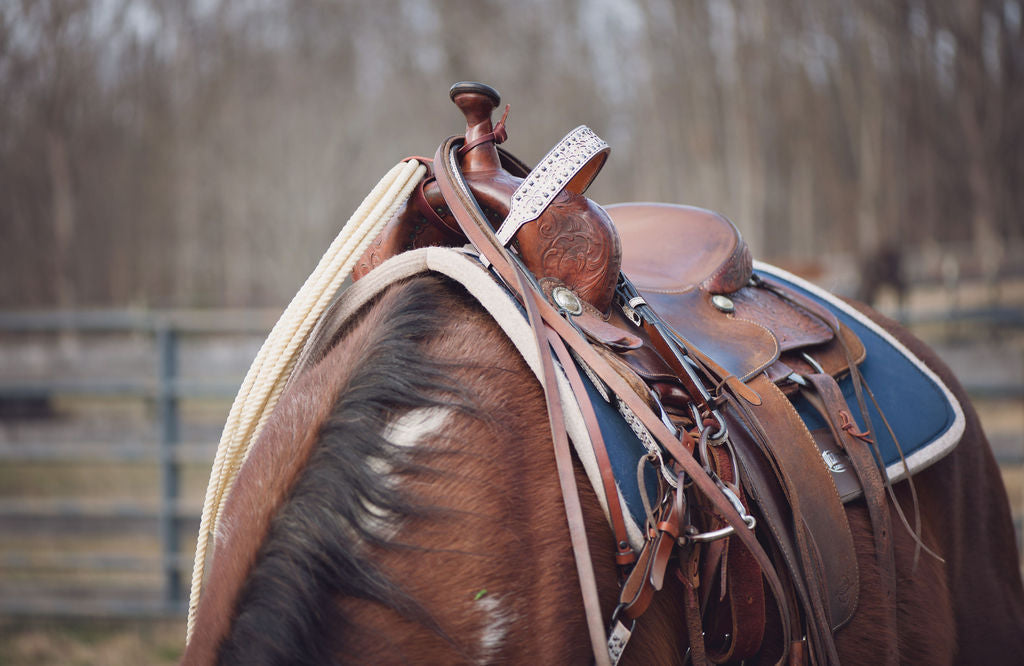
- Assess Your Horse’s Shape: Understand your horse’s back type (flat, curved, high withers).
- Place the Saddle: Position the saddle slightly forward, then slide it back to rest behind the shoulder blades.
- Check Clearance: Ensure there is adequate clearance over the withers and spine.
- Evaluate Panel Contact: Panels should sit evenly without bridging or rocking.
- Secure the Girth: Fasten the girth snugly but not too tight; check for even pressure.
- Observe Movement: Watch your horse walk and trot with the saddle to spot any discomfort.
Tips for Maintaining Saddle Fit
- Regularly check saddle fit as your horse’s shape can change with age, fitness, or weight.
- Use a saddle pad to improve comfort but do not rely on it to fix poor fit.
- Consult a professional saddle fitter for complex fitting issues.
Frequently Asked Questions (FAQ)
Q1: How often should I check my saddle fit?
A: Ideally, before every ride and at least once every few months.
Q2: Can I use the same saddle for different horses?
A: It’s not recommended unless the horses have very similar back shapes.
Q3: What signs indicate a poor saddle fit?
A: Uneven sweat patterns, horse resistance, soreness, or behavioral changes.
Q4: Is a custom saddle necessary?
A: Custom saddles provide the best fit but are more expensive; many off-the-shelf saddles can fit well with proper adjustment.
Fitting a saddle correctly is an ongoing process that requires attention and care. By following these guidelines, you can ensure your horse remains comfortable and performs at its best.
